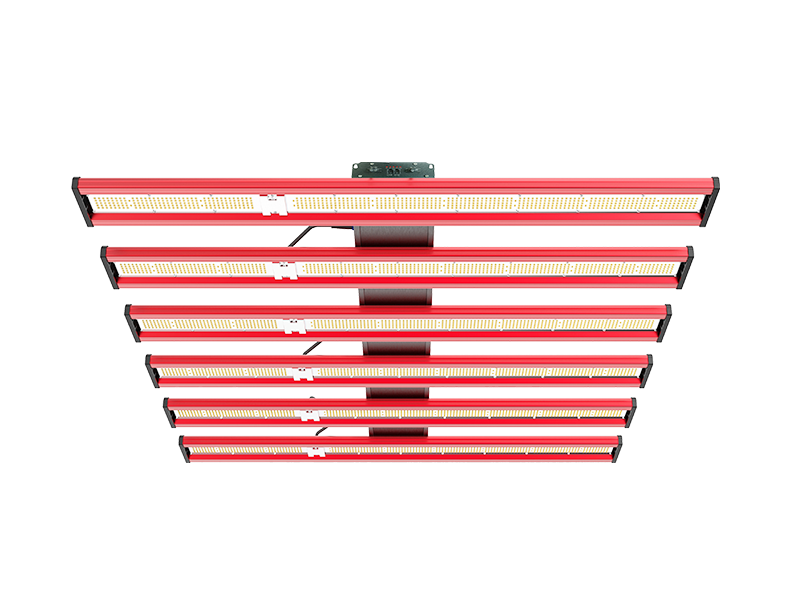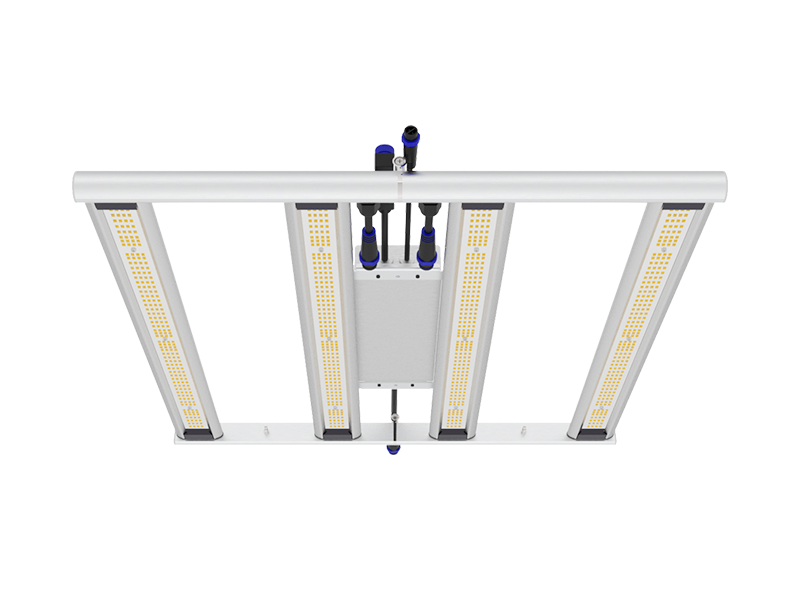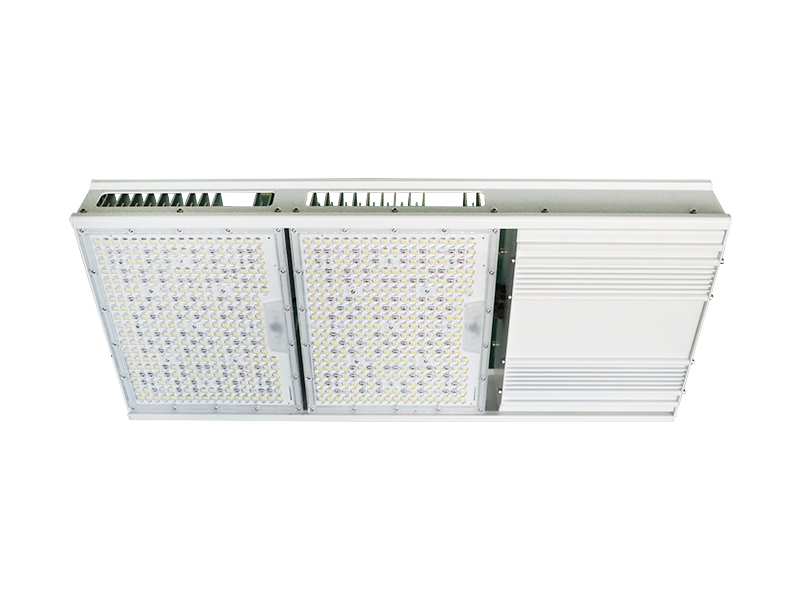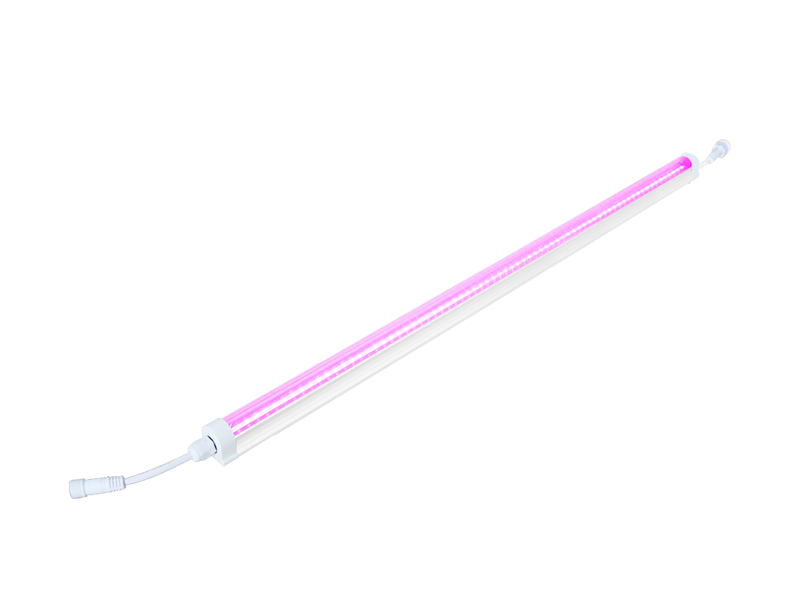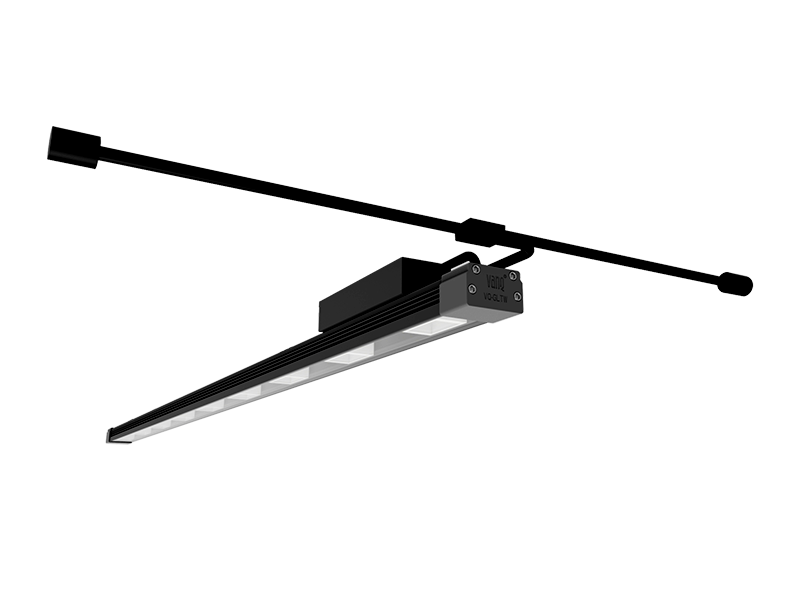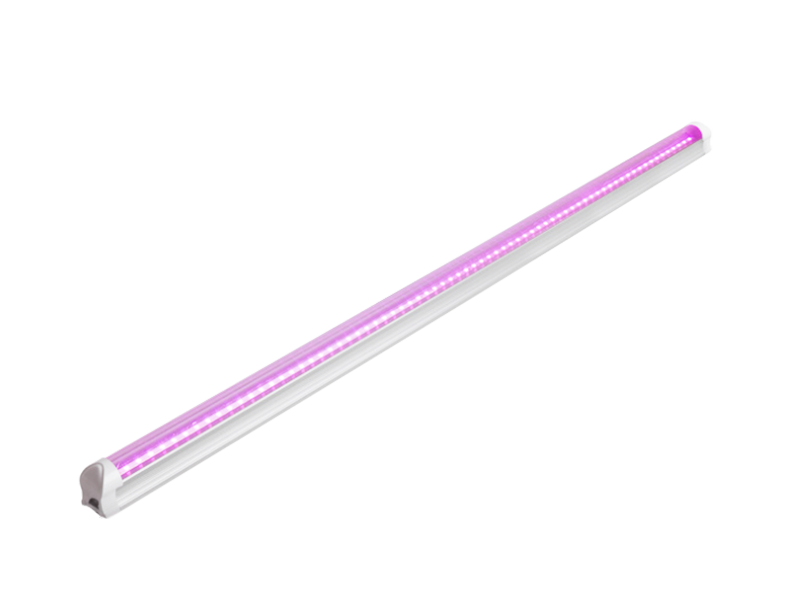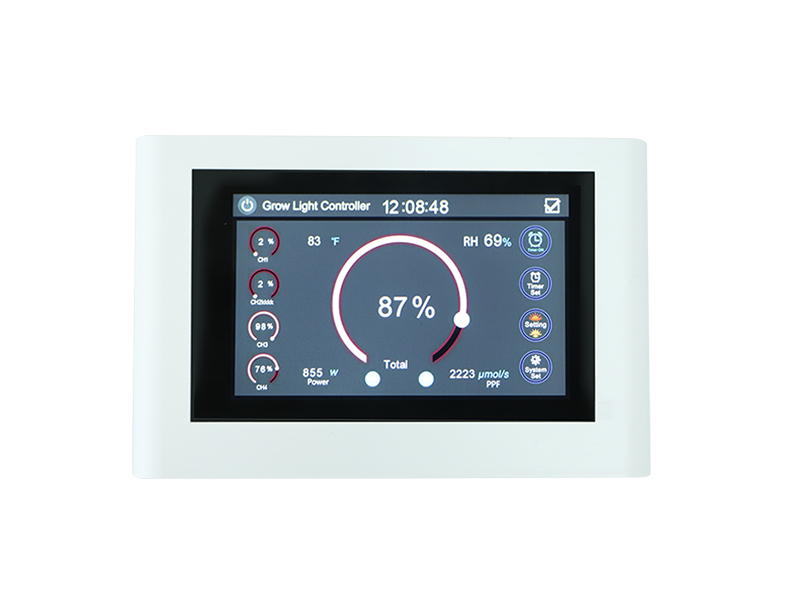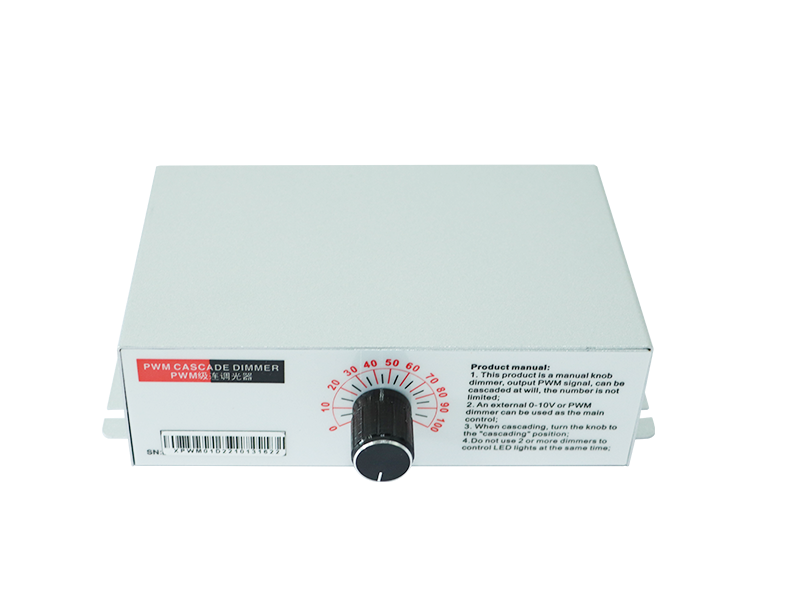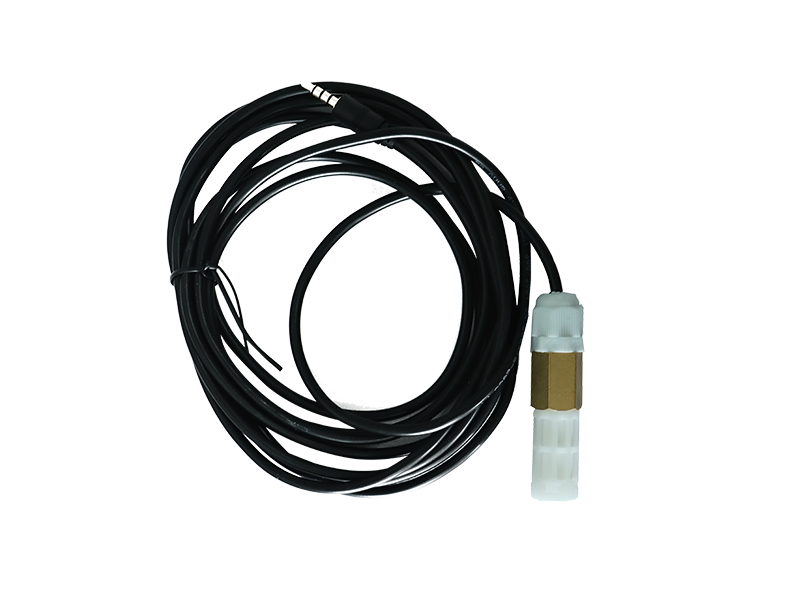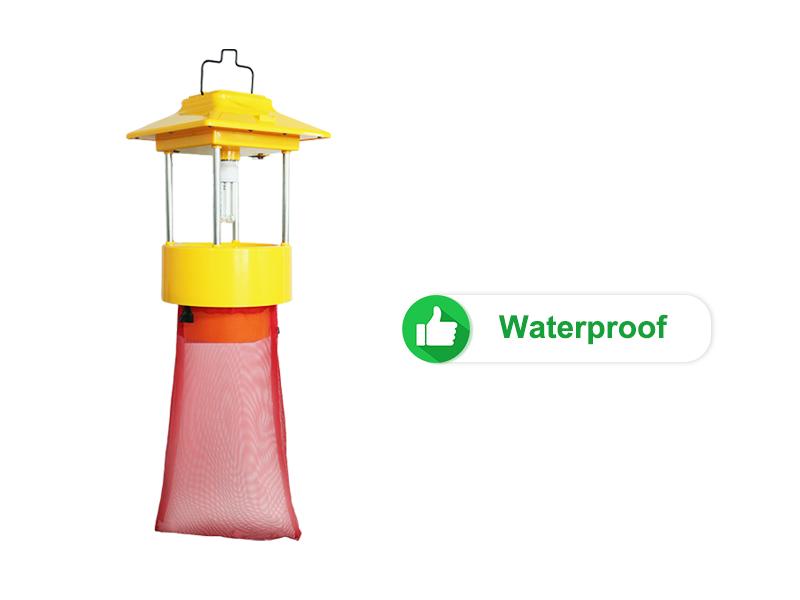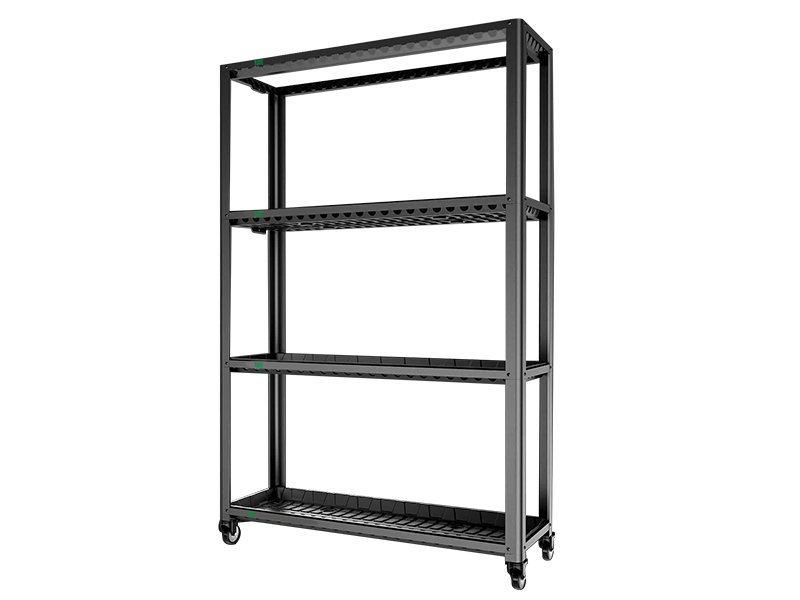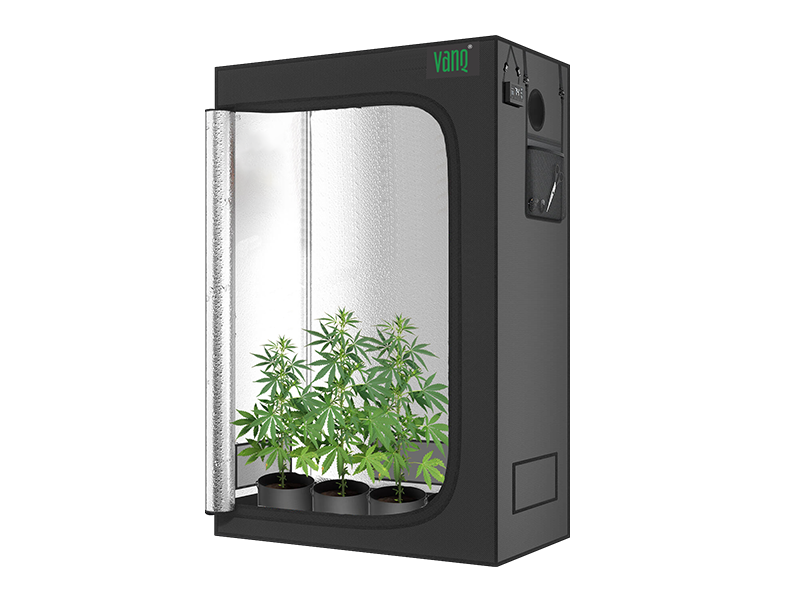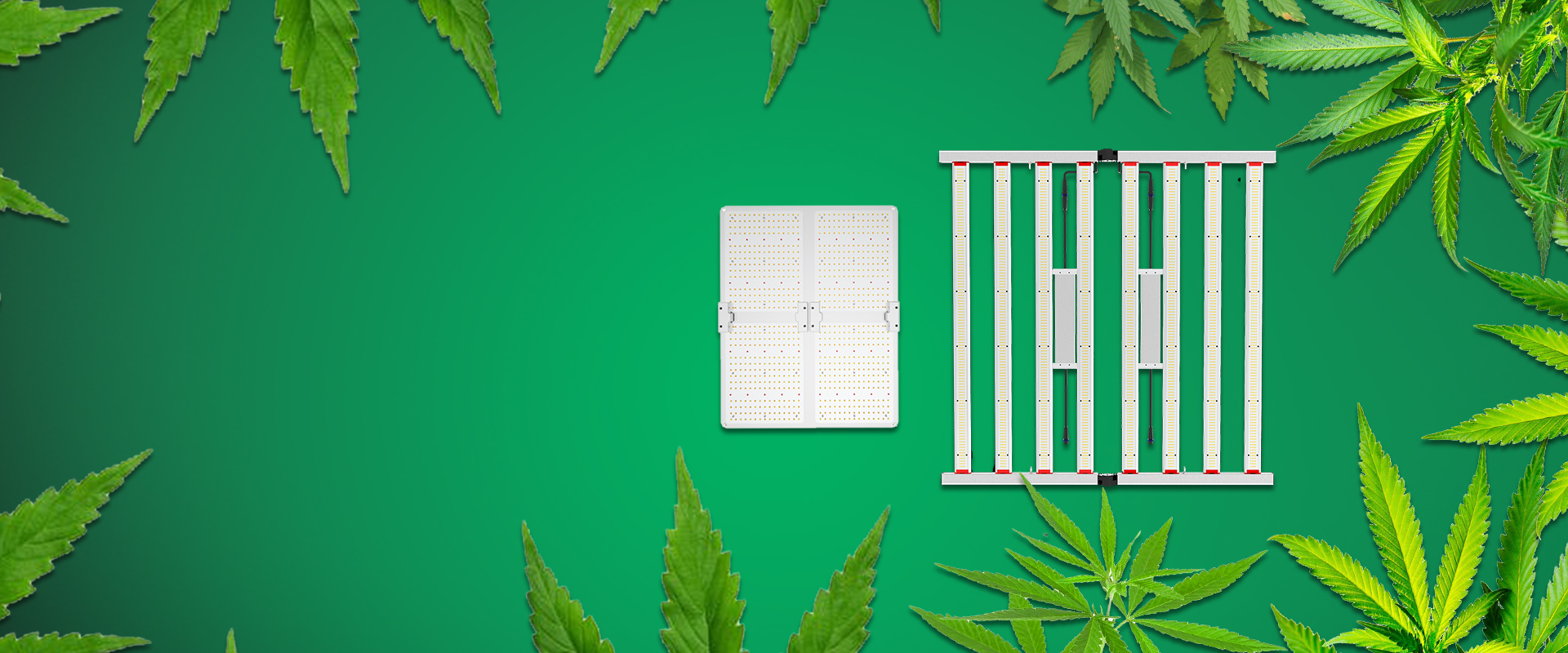When studying the photosynthesis of plants under solar radiation, the wavelength of the PAR value used by countries all over the world is only described in the range of 400nm-700nm. Many LED plant lights that claim to be full-spectrum have UV and FR partial bands, but they still Use PPFD to represent the spectral parameters. Because PPFD does not describe the radiation of UV and FR, the number of micromoles less than 400nm and greater than 700nm is not included. The PPFD value of this full-spectrum plant lamp ignores the existing spectral radiation. No, on this point, the sellers of the nominal full-spectrum plant lights themselves did not realize this low-level error.
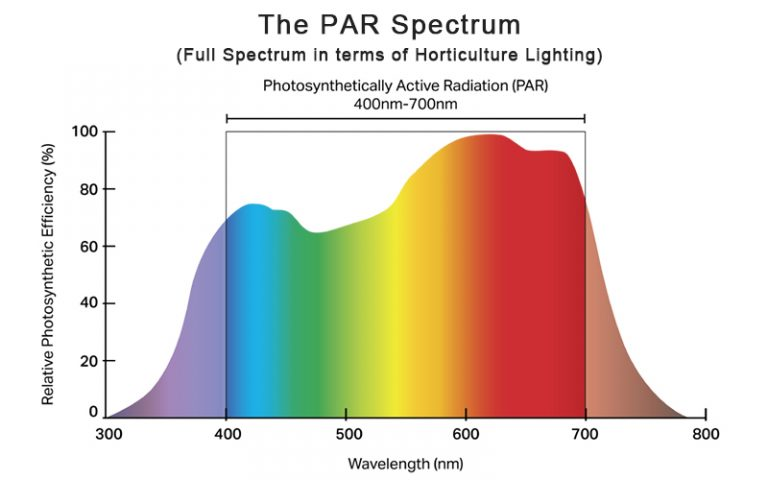
400-700nm PAR (Photosynthetically Active Radiation) Area
The so-called full-spectrum plant light probably wants to describe the richness of the plant light’s spectrum. There is no exact definition of "full". The wide range of wavelengths is called "full". At present, the "full spectrum" is different. The widest definition range is 380nm-780nm. There is no unified definition of "full spectrum", which means that everyone can define it by themselves. Therefore, "full spectrum" also has a variety of spectral descriptions.
So far, we have not seen any authority issued a "full spectrum" definition.
We believe that the full spectrum is a fuzzy concept of the description of the spectral shape. The wavelength range of the plant lamp is only the defined range of the spectral photosynthetic efficiency function, not the value range of the photosynthetic efficiency function. The so-called full spectrum does not mean high photosynthetic efficiency and planting. The effect is good, and the purpose of propagating the full spectrum is to use the word "full" to render the plant light planting effect good, which may cause misunderstandings for plant light users.
The plant light spectrum is defined by light quality and light quantity. The wavelength range of the plant light spectrum is still determined by the planting process of a certain plant. It is the planting process that determines the domain of the spectral design, not based on the planting under the spectrum.
In terms of plant lamp design, there is a spectroscopic theory, which exaggerates the planting effect of the plant lamp spectrum. The spectrum is not the best, only the most suitable. This is our point of view.
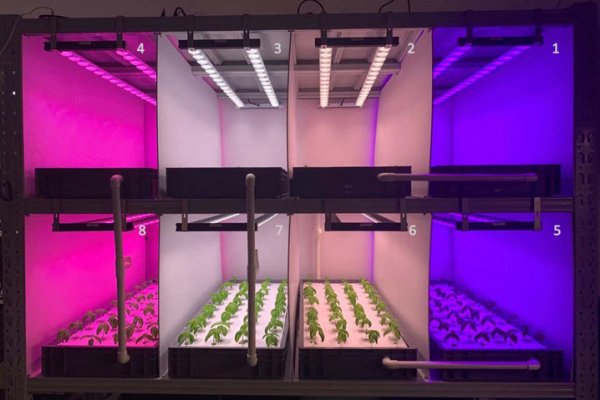
Plants growing under different light spectra
In order to study and communicate the spectrum, VANQ has classified the spectral forms of plant lights, and we have defined two spectral forms:
Continuous spectrum: In the defined range of wavelength, the optical radiation power does not appear zero.
Discontinuous spectrum: In the defined range of wavelength, the optical radiation power has a zero value.
(Note: The zero value of optical radiation power does not have to reach the value zero. When the relative radiation power value <= 0.002, it can be determined to reach zero. The definition of this zero value means that the value has no effect on photosynthesis and light form control. .)
The concept of continuous spectrum and discontinuous spectrum is proposed to provide spectral morphology classification for the research of plant lamp spectroscopy technology. It is more scientific to analyze spectral data with the same kind of spectral morphology. Important parameters of plant lamps such as QE, PPF, YPF, PPFD, etc. The comparison needs to be compared under these two spectral forms to make sense.
There is no good distinction between continuous spectrum and discontinuous spectrum of plant lights. Generally, the planting efficiency of properly designed discontinuous spectrum is higher than that of continuous spectrum, but the manufacturing cost is higher than that of continuous spectrum.
According to our classification of spectral morphology, the currently claimed full-spectrum plant light may be either a continuous spectrum or a discontinuous spectrum.
The spectral form of the plant lamp is divided into continuous spectrum and non-continuous spectrum, and there is an intuitive and clear image in the technical communication and expression, which is conducive to technical communication and product promotion, and it is easier for the users of the plant lamp to understand.
The spectrum technology of plant lights is complex and requires clear concepts to describe. The spectrum design of plant lights needs to avoid relying on imagination to design products and misleading consumers.


